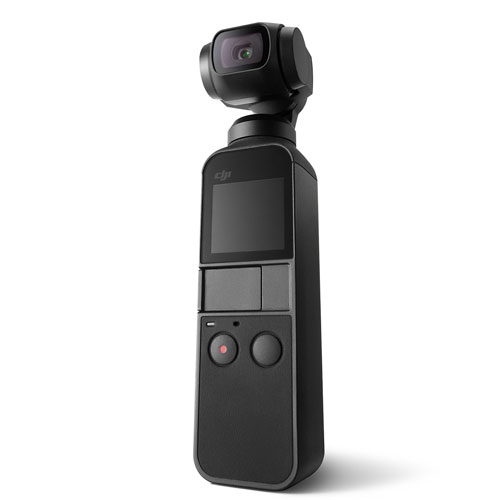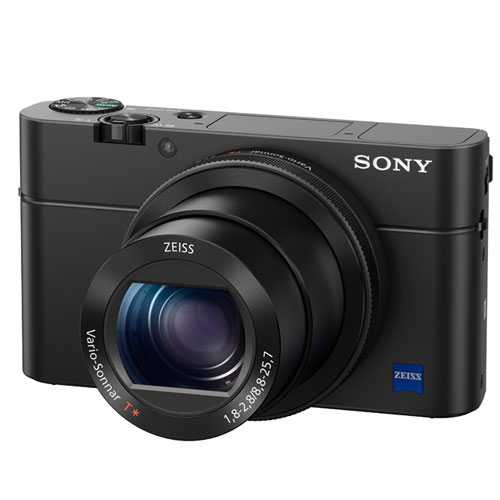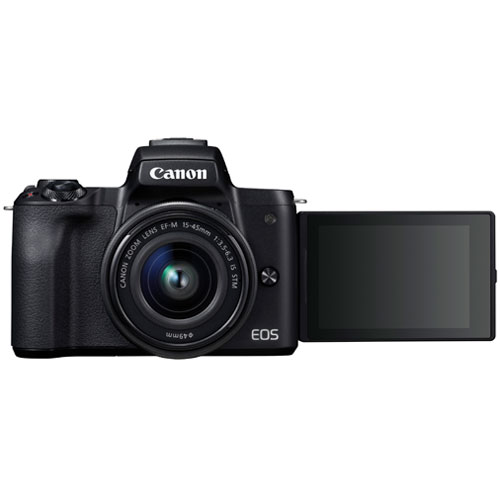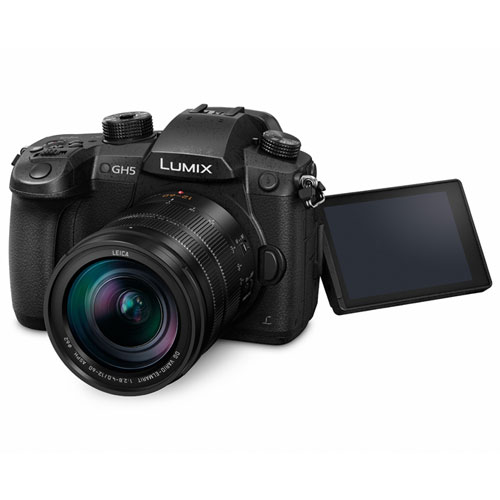What cameras do vloggers use 2019?
-
DJI Osmo Pocket - AF Tracking and Smart Device Compatible
This nifty little camera is mounted on a 3-axis gimbal, which means your footage is nice and steady even when you’re moving around. Inside, there’s a 12Mp 1/2.3-inch sensor that can output 4K video.
One of the nicest aspects of the Osmo Pocket, however, is its size. It’s a teeny-tiny 121.9x28.6x36.9mm and it weighs just 116g, so you can slip it in a bag or coat pocket without really noticing it’s there. It also comes with a simple cover that keeps it nice and safe.
One of the nicest aspects of the Osmo Pocket, however, is its size. It’s a teeny-tiny 121.9x28.6x36.9mm and it weighs just 116g, so you can slip it in a bag or coat pocket without really noticing it’s there. It also comes with a simple cover that keeps it nice and safe.
It’s very easy to use via the 1-inch touchscreen, or you can connect your phone via a Lightning or USB-C connection to take control via DJI’s free app. There’s a host of intelligent features like ActiveTrack, First-Person View and Motionlapse.
The in-camera audio isn’t great, but there’s a mic adaptor that lets you connect in an external mic for high-quality results.
Order the DJI Osmo Pocket here >

-
Sony Cyber-shot RX100 IV - Compact with Great Image Quality
Sony’s RX100 range of compact cameras with 1-inch type sensors have proved very popular with anyone wanting a small camera that delivers great results. The RX100 IV is a nice choice for vloggers as it combines a great video specification with nippy focusing and a screen that flips up through 180 degrees to let you see what the camera is seeing when you’re around the front.
Sony has used its stacked sensor technology with on-chip DRAM to power anti-distortion system that helps avoid that annoying rolling shutter effect that can be visible with moving subjects or when you pan the camera.
Sony has used its stacked sensor technology with on-chip DRAM to power anti-distortion system that helps avoid that annoying rolling shutter effect that can be visible with moving subjects or when you pan the camera.
One thing to keep in mind is that there’s no external mic port so you’ll need an audio recorder to get the best results.
Order the later model Sony Cyber-Shot RX100 VII Digital Camera >


-
Canon EOS M50 - See Yourself with Great Focus
Inside the Canon M50’s mirrorless body is a 24Mp APS-C format Dual Pixel CMOS AF sensor. That means it has the same size sensor as some much bigger DSLRs and there’s phase detection focusing available when you’re shooting Full-HD video. That helps the Face Detection + Tracking and Eye AF focusing systems get you (or your subject) sharp and it can follow eyes or faces around the frame.
There’s also a great vari-angle screen that lets you see yourself while you’re filming and the 5-axis stabilisation does a great job of dealing with the shake and wobble of hand-holding the camera.
It’s great paired with the 15-45mm kit lens and it’s light enough to be held at arm's length while you shoot.
The onboard mic does a pretty decent job but there’s a mic port to connect an external device if you want better quality.
This model has been superseded by the Canon R50.
Order the later model Canon R50 >
-
Panasonic Lumix GH5 - Professional Footage
If you want to get serious about vlogging, take a look at the GH5, it’s a powerhouse for video. Inside it has a 20.3Mp Four-Thirds type sensor and some of the most advanced video features you’ll find in a camera of this type. For example, you can shoot 4K video with 4:2:2 10-bit colour for footage with incredible tonal range and bags of detail. If you’re prepared to pay a little extra, you can add V-Log to shoot video with a wider dynamic range and more scope for grading.
There’s also a vari-angle screen which is touch-sensitive, so you can use it to control the camera from the front as well as see what you’re shooting.
As it has the Micro Four Thirds mount, the GH5 is compatible with an extensive range of lenses so there’s always something suitable for your subject. Unlike the GH5S, there’s also 5-axis stabilisation built-in to help you get super-smooth footage. There’s a mic port but you can also connect an XLR mic via the optional adapter if you want.
The Panasonic Lumix GH5 has now been discontinued. It is succeeded by the Panasonic LUMIX GH5M2

- By Andi Thomas
- 15 Feb 2019



































































